
While anime is usually known for being pretty over-the-top, filled with magic and mayhem, or technological dystopias, or pirates, or interesting magical objects, there are some anime that do a fairly good job at portraying actual historical periods in a way that's pretty true to life. Sometimes that means specific eras in Japan, telling the stories of actual heroes from Japan's history.
Sometimes it's about providing a look at period-specific attire. Sometimes, the anime is so historically accurate that western Japanese students creating fan-subs have to postpone the release of their translations of certain anime because the language is so archaic they didn't learn it in school. And sometimes, they're um... Not so accurate.
10 Most Accurate: Grave Of The Fireflies
Grave Of The Fireflies is well known for being both pretty historically accurate when it comes to the history of Japan's involvement in World War II, and their receipt of one of the most heinous military attacks in the world's history after atomic bombs were dropped on the cities of Hiroshima and Nagasaki.
This movie isn't just known for how accurate it is though, it's literally one of the most soul-crushing watches you're likely to encounter if you decide to check it out. It tells the stories of Seita and Setsuko, our two protagonists who are doing their best to survive in the final few months of the war. While this movie is incredibly heart-wrenching, realizing that this is based on an actual historical occurrence makes it all the more important to watch.
9 Least Accurate: Spice And Wolf
Spice And Wolf is a historical fantasy that can't quite be considered one of the most accurate on this list, but it still does a pretty good job of being unique and fairly accurate at what it's attempting to do.
It takes place in a fictionalized version of the medieval European world, focusing mostly on things like politics, economics, and trade instead of any normal fantasy plot you might come to expect if you're looking at it from the outside in, like slaying mythological creatures, Arthurian legend, etc. While it isn't the most accurate in terms of setting, it's really still worth the watch if not just for its virtue of daring to tackle strange subject matter for its genre.
8 Most Accurate: Rose Of Versailles
The Rose Of Versailles is a historical fiction Shojo series that started as a manga, has been adapted to become a series of musicals, received an anime adaptation, and has received tons of accolades in whichever of its myriad forms. It tells the story of a woman raised as a man so that she could succeed her father as the captain of the royal guard.
There's a struggle brewing inside of her though. Does she remain in the ruling class to abide by her father's wishes, or should she leave the lap of luxury to aid the brewing revolution, led by the impoverished and malnourished populace of France before the revolution? This isn't the only problem she's dealing with either since she also has a variety of love interests.
7 Least Accurate: Rurouni Kenshin
Rurouni Kenshin is a great historical shonen series, even if the history most definitely isn't all the way where it should be. Almost the whole cast of characters is based on an actual historical person, but they aren't really portrayed very true to life whatsoever. It details a rogue assassin who left his life of murder and war to protect the folk in the countryside, vowing never again to take another life.
The setting is fairly accurate as far as history goes, what with the time of turmoil that was 1800s Japan being portrayed as such. There were constant exchanges of power from emperors to Shogunate, and the military might reign supreme. That being said, Kenshin's historical precursor never decided to abandon military life in the same way Kenshin did, and as such was executed.
6 Most Accurate: The Wind Rises
The Wind Rises is a biographical film made by Studio Ghibli and directed by Hayao Miyazaki. It's a somewhat fictionalized biopic of Jiro Horikoshi, who designed one of the most advanced Japanese warplanes that Japan had during the duration of World War II.
While it is indeed just a little bit exaggerated and played with since it's a Ghibli movie, after all, it sticks to the life of Horikoshi pretty closely, as well as working in a few historical points in Japan's history that Horikoshi wasn't directly involved in. It brings up a great earthquake, a tuberculosis outbreak, and even explores that Jiro himself wasn't at all in favor of the war and that his dream was to build beautiful aircraft. It's definitely more of a feel-good take on WWII than Grave Of The Fireflies was.
5 Least Accurate: Samurai Champloo
Samurai Champloo is an undisputed modern classic of anime, but it isn't necessarily because of how historically accurate it was as a depiction of the Edo period. Helmed by Shinichiro Watanabe, a master of anime known for his series Cowboy Bebop, Space Dandy, and countless other projects, Samurai Champloo is a highly-stylized tail about 2 samurai, their companion, and the search for the "Samurai that smells of sunflowers".
The Edo period ran from 1603 through to the year 1868 and is a really common setting for anime that's set in a historical Japanese period since it's such a transitory time for the country. While some details are definitely inspired by history here and there, the spin on the period kinda detracts from that.
4 Most Accurate: Kingdom
Kingdom, even though it takes place in a fictionalized retelling of an actual historical period, is a pretty good look at the ancient "Warring States" period of China, a period before a man named Qin and his son Zheng succeeded in unifying these disparate warring states under the single helm of an emperor for a great number of years.
3 Least Accurate: Vinland Saga
Although the use of the word Vinland in the title might suggest to the reader that it takes place in the bit of North America that was explored by Leif Ericcson, it actually takes place in Dane-occupied England at the beginning of the 1100s and tells the stories of Vikings, and of King Cnut The Great's rise to power, and the plan for revenge that Thorfinn has been planning.
2 Most Accurate: Hyouge Mono
Hyouge Mono is pretty much the Holy Grail of historical fiction anime since this is the one we were talking about when we mentioned that the language used in one of these anime was so complicated and outdated that Japanese students had trouble with the translation when they were writing a fan-sub.
It tells the story of a vassal to Oda Nobunaga, a man who attempted to unify Japan. This vassal must decide how to balance his subordination to his lord with his love for the peaceful art of the tea ceremony.
Barefoot Gen is a semi-autobiographical series that tells the story of a 6-year-old boy who struggles to survive in the time after the bombing of Japan at the end of World War II with the help of a couple of other survivors.
It shows the people he meets, the journeys of the other survivors, and the ways that they might have found to cope with the loss of their homes and the normal state of affairs they had lived in before the bombing. Some of the survivors even turn to a life of crime in an attempt to deal with the horrible poverty they find themselves faced with.

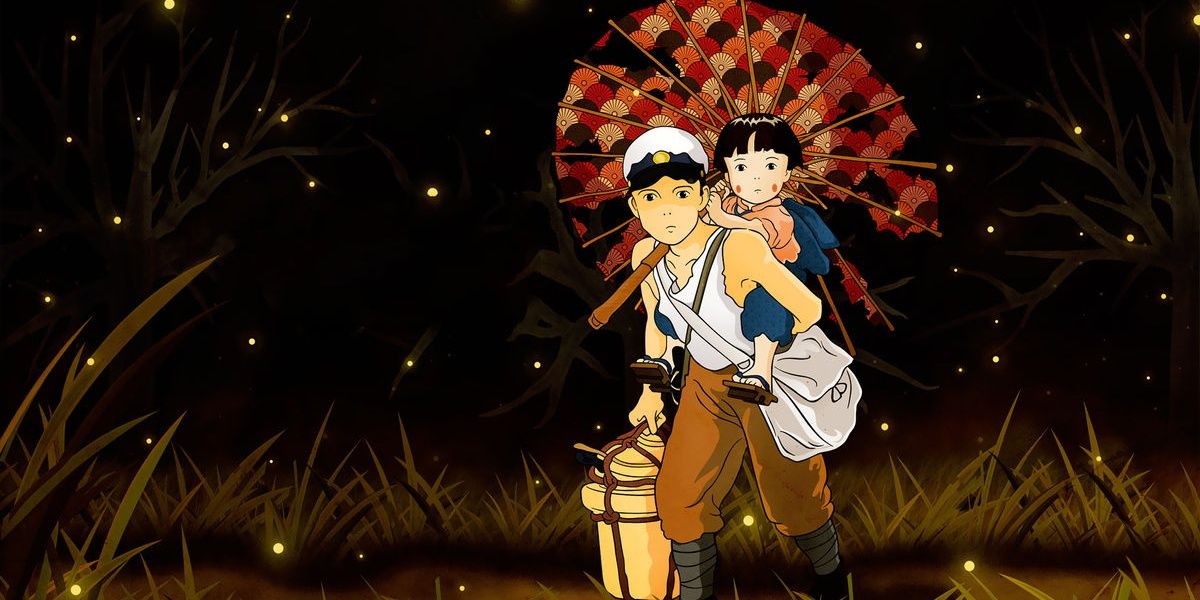
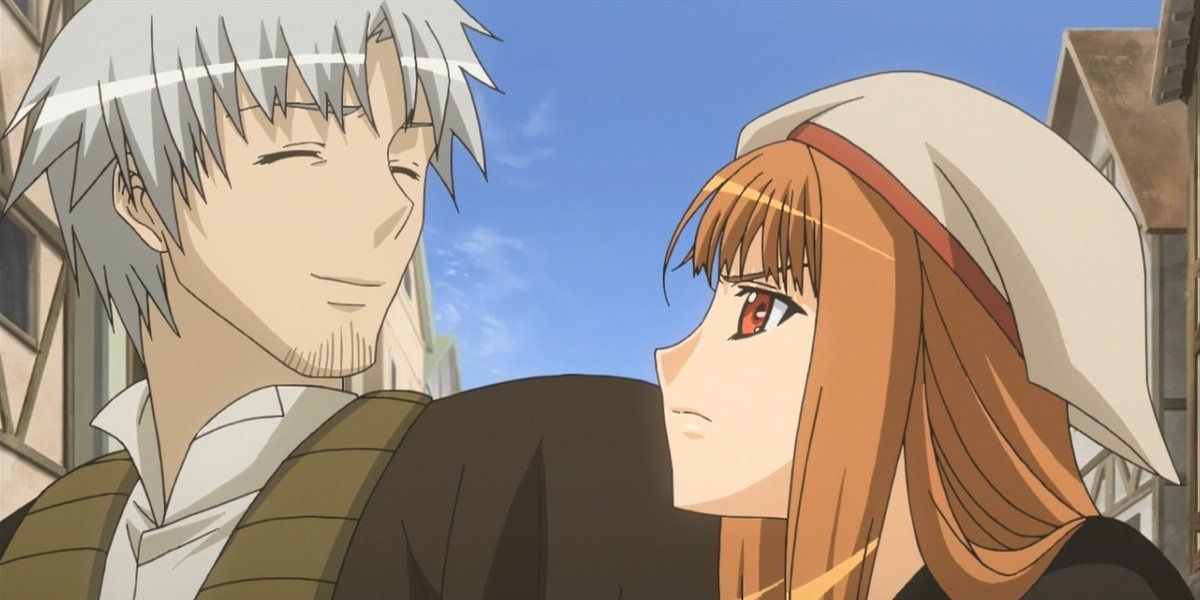
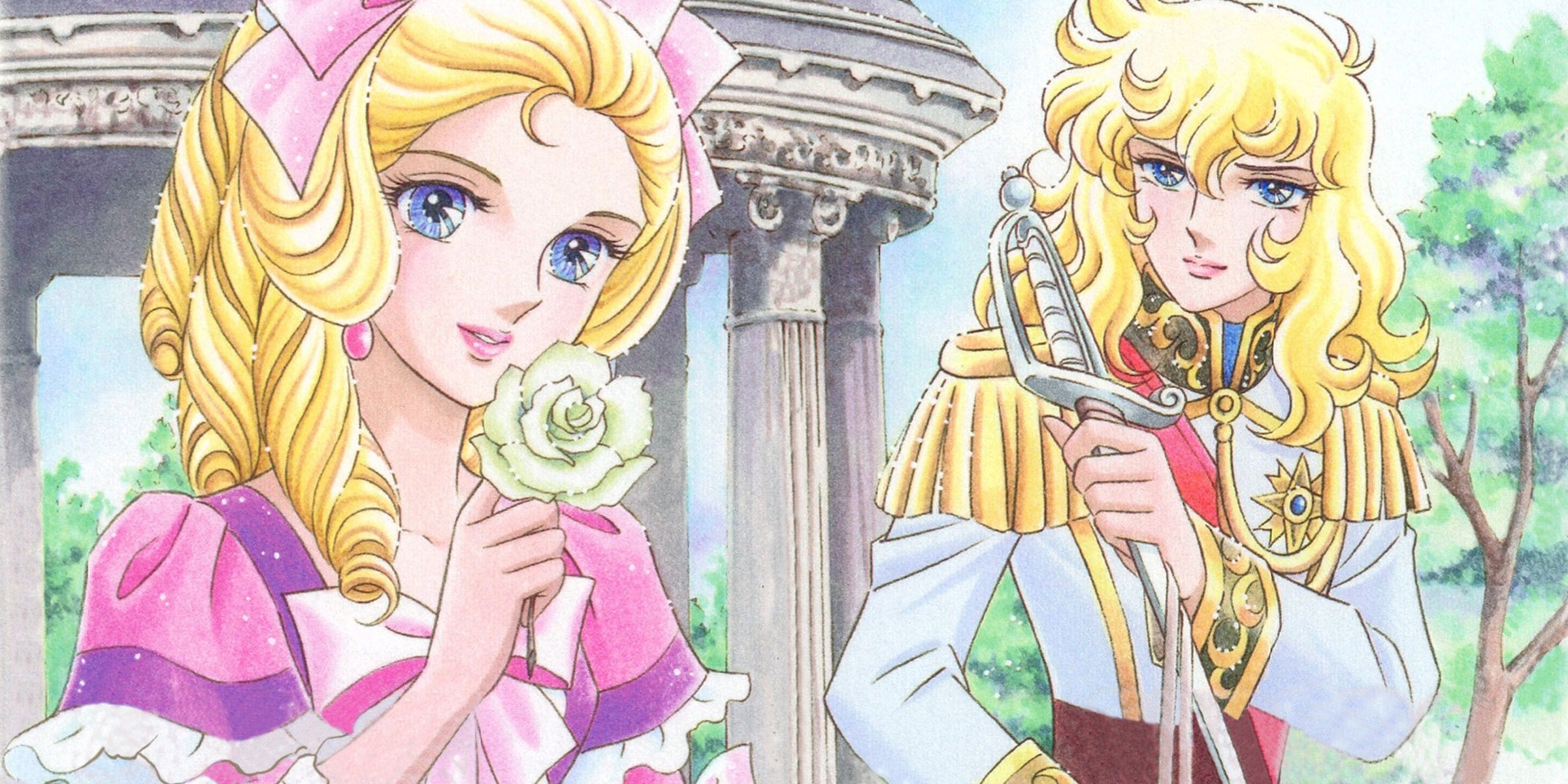
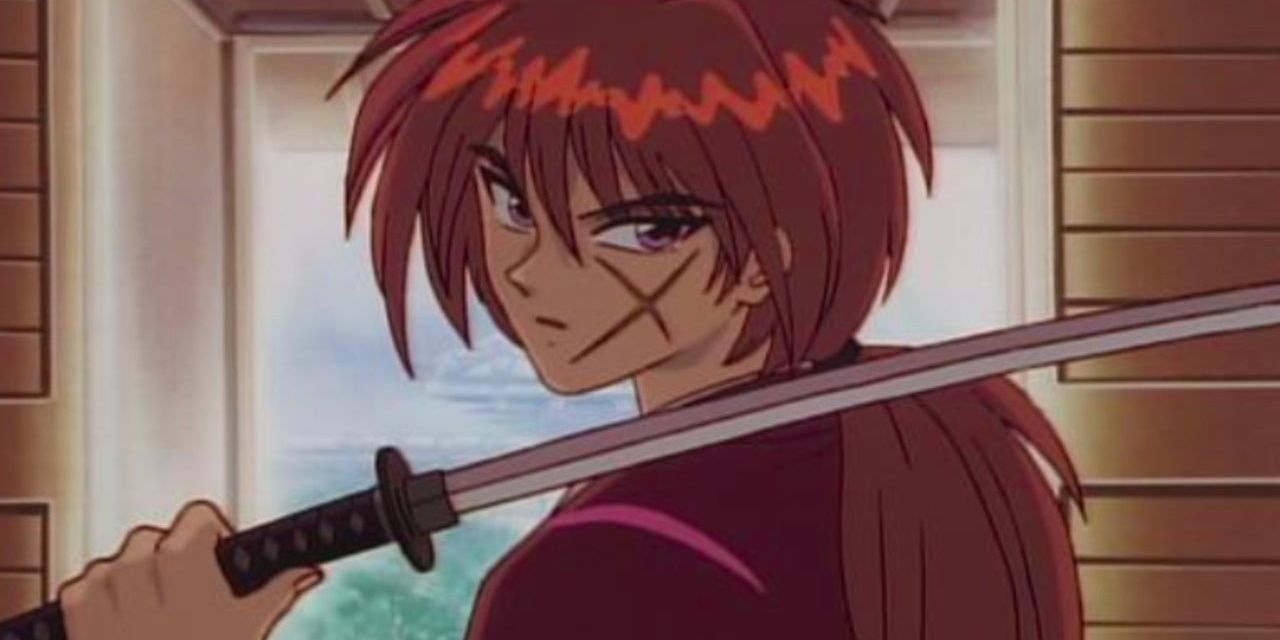
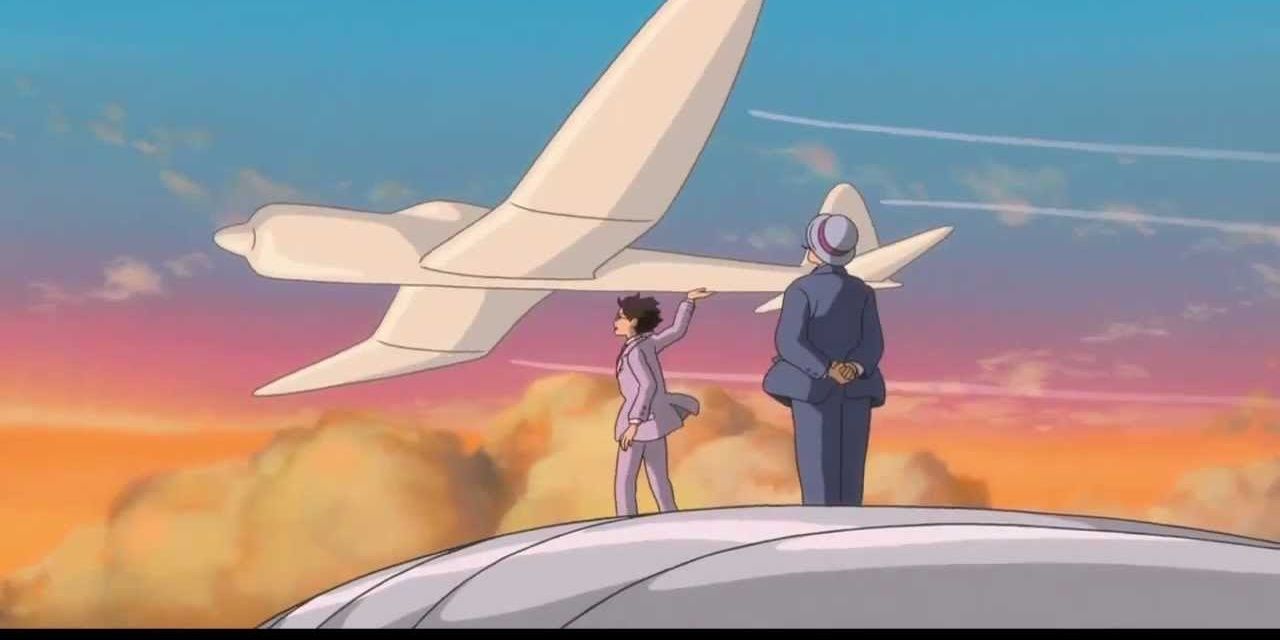
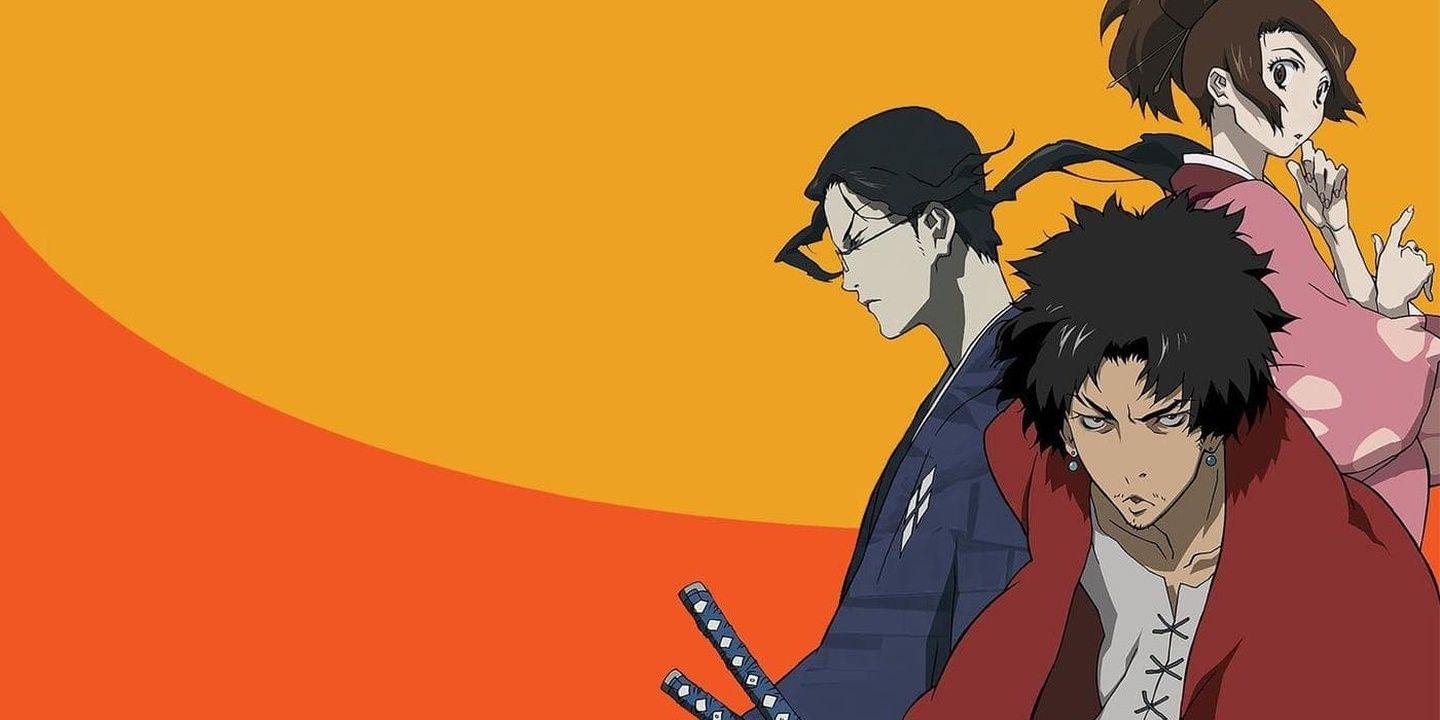
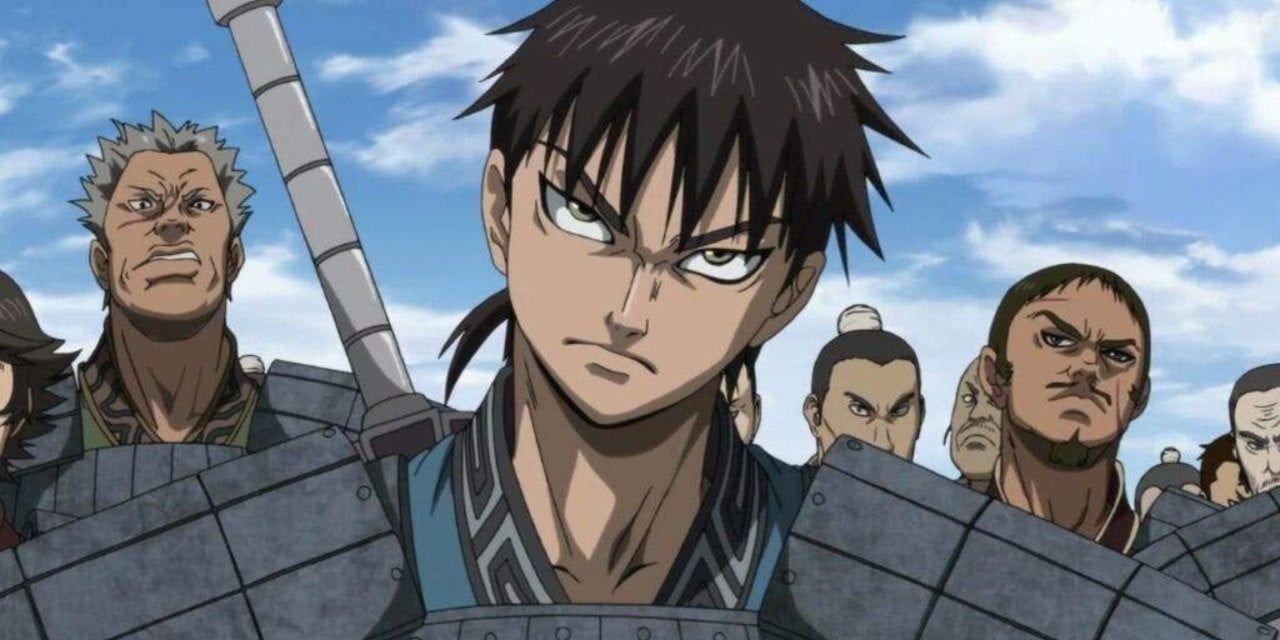
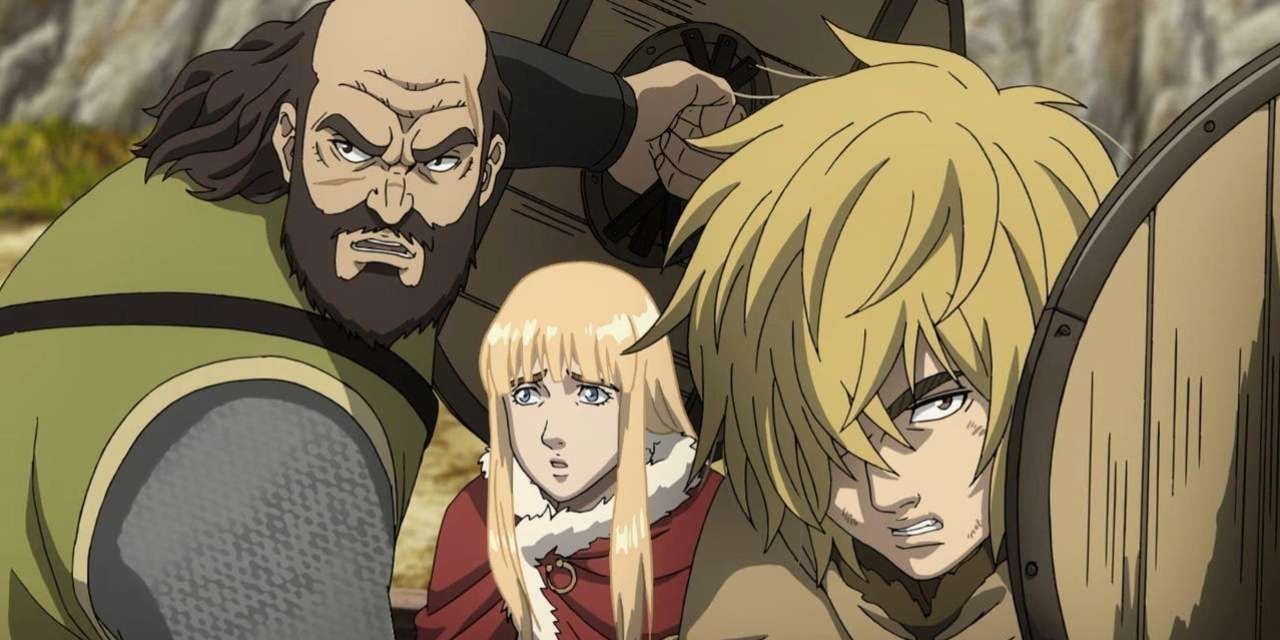
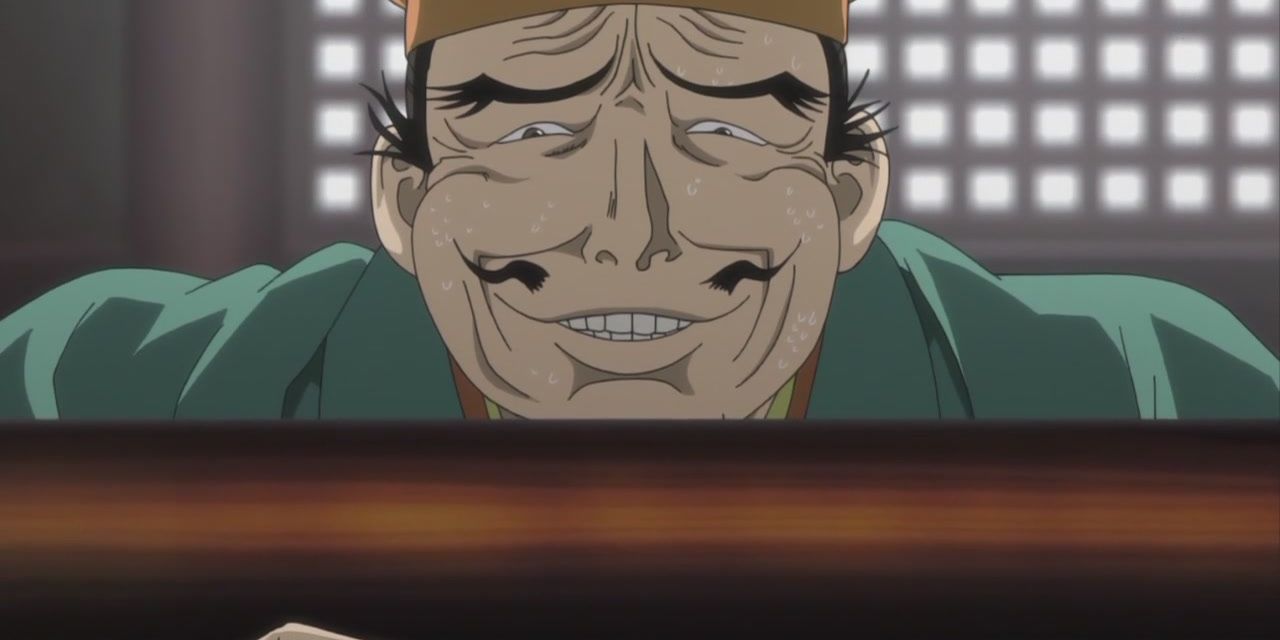
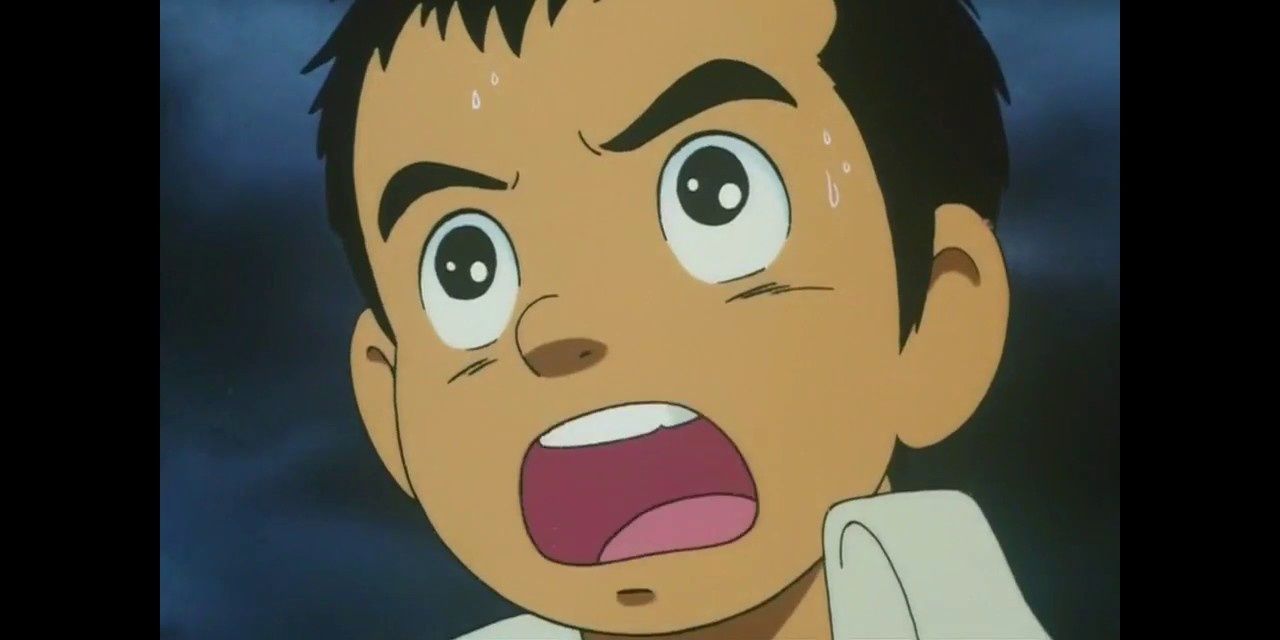
Post a Comment